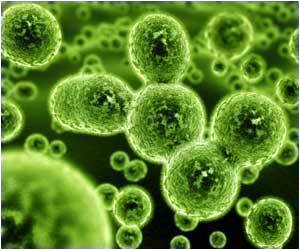
Their result details how a soil bacterium, Streptomyces lasaliensis, is able to convert an epoxide into a six-membered cyclic ether during synthesis of lasalocid, a natural polyether antibiotic. The fact that bacteria can perform such chemistry has puzzled chemists and biologists for decades because this type of chemical transformation is known to be kinetically unfavorable.
According to "Baldwin's Rules for Ring Closure," which govern the way these rings form, lasalocid should contain a five-membered ring instead of the observed six-membered ring.
"Our study has broad implications because the six-membered cyclic ether is a common structural feature found in hundreds of drug molecules produced by nature," said Dr Kim.
"We have analysed the genes of six other organisms that produce similar polyether drugs and we are now confident that the biosynthetic strategy we have uncovered is also used by these organisms."
Advertisement
To determine the protein's atomic structure, researchers hit frozen crystals of Lsd19 with X-rays at the Stanford Synchrotron Radiation Lightsource, SLAC National Accelerator Laboratory, and analysed how the crystals diffracted the X-rays.
Advertisement
"The bugs have taught us a valuable chemistry lesson," Dr Kim said.
"With a new understanding of how nature synthesises the six-membered rings, chemists may be able to develop new methods to produce polyether drugs with ease in the laboratory. Alternatively, protein engineers may be able to use our results to develop a biofactory, where polyether drugs are mass produced using fermentation. Either method will make more effective and more affordable drugs available to the public."
The study has been published in the journal Nature.
Source-ANI













